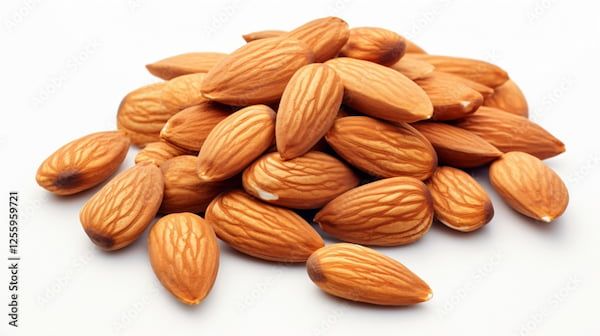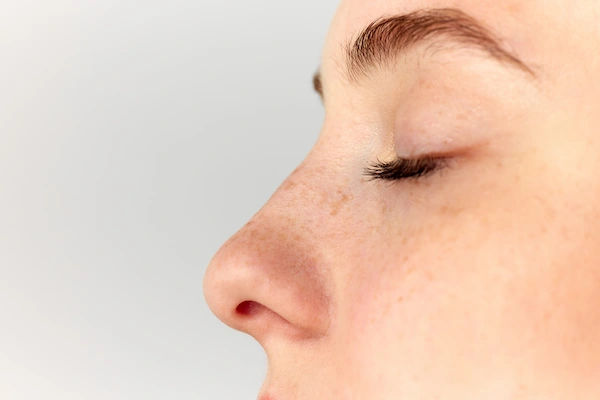Benefits of Exercise During Menstruation
Know the benefits of exercise during menstruation, know why it is important, what the best exercises and what exercises to avoid.

Written by Dr. Shaik Abdul Kalam
Reviewed by Dr. Dhankecha Mayank Dineshbhai MBBS
Last updated on 5th Nov, 2025

Introduction
Menstruation is a natural part of a woman’s life, but it often comes with discomfort, mood swings, and fatigue. Many women wonder whether exercising during their periods is a good idea. The answer is a resounding yes! Moderate physical activity can help alleviate menstrual symptoms and improve overall well-being.
In this article, we’ll explore the benefits of exercising during menstruation, the best types of workouts, and tips to stay comfortable while staying active.
Why Exercise is Good During Your Period
1. Reduces Menstrual Cramps
Exercise increases blood circulation and releases endorphins, the body’s natural painkillers. This helps reduce the intensity of cramps and discomfort.
2. Boosts Mood and Reduces Stress
Hormonal changes during menstruation can lead to mood swings, irritability, and even anxiety. Physical activity stimulates the release of serotonin and dopamine, which improve mood and reduce stress.
3. Improves Energy Levels
Many women feel fatigued during their periods due to hormonal fluctuations. Light to moderate exercise can boost energy levels by improving blood flow and oxygen circulation.
4. Helps with Bloating
Gentle movement aids digestion and reduces water retention, which can help with bloating, a common issue during menstruation.
5. Regulates the Menstrual Cycle
Regular exercise helps maintain a healthy weight and hormonal balance, which can lead to more regular and less painful periods over time.
Consult Top Specialists for Personalised Tips
Best Exercises to Do During Your Period
Not all workouts are created equal when it comes to menstruation. Here are some of the best exercises to try:
1. Walking
A simple 20-30 minute walk can improve circulation, ease cramps, and uplift your mood without putting too much strain on your body.
2. Yoga
Gentle yoga poses like Child’s Pose, Cat-Cow, and Reclining Butterfly help relax pelvic muscles and relieve cramps. Avoid intense inversions if you feel dizzy.
3. Pilates
Pilates focuses on core strength and flexibility, which can help with lower back pain, a common issue during periods.
4. Light Strength Training
Using light weights or resistance bands can boost energy and strength without overexerting yourself.
5. Swimming
If you’re comfortable, swimming is a low-impact, full-body workout that can help with bloating and cramps. Just ensure proper menstrual hygiene.
6. Stretching
Simple stretches can relieve muscle tension and reduce discomfort in the lower back and abdomen.
Exercises to Avoid (If You Feel Uncomfortable)
While exercise is generally beneficial, some high-intensity workouts may not be suitable for everyone during menstruation, especially if you experience:
Severe cramps
Heavy bleeding
Extreme fatigue
Avoid:
Heavy weightlifting (if it causes strain)
High-intensity interval training (HIIT) (if you feel too exhausted)
Long-distance running (unless you’re used to it)
Listen to your body—if something feels too strenuous, opt for a gentler workout.
Tips for Exercising Comfortably During Your Period
Stay Hydrated – Drink plenty of water to prevent bloating and fatigue.
Use Comfortable Protection – Choose menstrual products that allow free movement (pads, tampons, menstrual cups, or period-proof underwear).
Wear Breathable Clothing – Opt for loose, moisture-wicking fabrics to stay comfortable.
Start Slow – If you’re not used to exercising during your period, begin with light activities and gradually increase intensity.
Rest When Needed – If you feel too tired, take breaks or switch to relaxation techniques like deep breathing.
When to Skip Exercise
While exercise is beneficial, there are times when rest is more important:
If you have severe pain that doesn’t improve with movement.
If you experience excessive bleeding (consult a doctor if this happens frequently).
If you feel dizzy or weak, prioritise rest and hydration.
Final Thoughts
Exercising during your period can reduce pain, boost mood, and improve energy levels. The key is to listen to your body and choose activities that feel good. Whether it’s a gentle walk, yoga, or light strength training, staying active can make your menstrual cycle more manageable.
Consult Top Specialists
Consult Top Specialists for Personalised Tips

Dr. Mona Yadav
Obstetrician and Gynaecologist
19 Years • MBBS, MD (Obstetrics & Gynaecology)
Dombivli
Nulife multispeciality, Dombivli

Dr. Parul Sharma
Obstetrician and Gynaecologist
8 Years • MBBS, MS (Obstetrics & Gynaecology)
New Delhi
THE DOCTORS NESST, New Delhi
Dr. K Anusha
Obstetrician and Gynaecologist
4 Years • MBBS, DGO
Yemmiganur
SRINIVASAA HOSPITAL, Yemmiganur

Dr. Asha Rani Singh
Obstetrician and Gynaecologist
24 Years • MBBS DGO
Delhi
Dr Asha Rani Singh Clinic, Delhi
Dr Srigiri Mamatha Reddy
Obstetrician and Gynaecologist
0 Years • MBBS, MS Obstetrics and Gynaecology
Hyderabad
Apollo 24|7 Clinic - Telangana, Hyderabad
Consult Top Specialists

Dr. Mona Yadav
Obstetrician and Gynaecologist
19 Years • MBBS, MD (Obstetrics & Gynaecology)
Dombivli
Nulife multispeciality, Dombivli

Dr. Parul Sharma
Obstetrician and Gynaecologist
8 Years • MBBS, MS (Obstetrics & Gynaecology)
New Delhi
THE DOCTORS NESST, New Delhi
Dr. K Anusha
Obstetrician and Gynaecologist
4 Years • MBBS, DGO
Yemmiganur
SRINIVASAA HOSPITAL, Yemmiganur

Dr. Asha Rani Singh
Obstetrician and Gynaecologist
24 Years • MBBS DGO
Delhi
Dr Asha Rani Singh Clinic, Delhi
Dr Srigiri Mamatha Reddy
Obstetrician and Gynaecologist
0 Years • MBBS, MS Obstetrics and Gynaecology
Hyderabad
Apollo 24|7 Clinic - Telangana, Hyderabad

.webp)


